A Recent History of Gaming
One of my fondest memories as a kid was when I got a Gamecube, the first console I ever owned. That was the start of a decade-long obsession and passion for video games.
I remember exploring Delfino Plaza in Super Mario Sunshine, playing Pokemon on my Nintendo DS before school started, and battling my classmates in Call of Duty Modern Warfare 2.
For most of my childhood, I lived and breathed video games.
It wasn’t until my junior year of high school — around 2012 — that I put down the controller to focus on my studies.
But ever since, it seems that there has been a paradigm shift in gaming. Mobile games, free-to-play battle royales, multi-million dollar esports tournaments, streaming. I feel as if an old friend has grown beyond recognition.
I couldn’t help but ask, What happened? Why now?
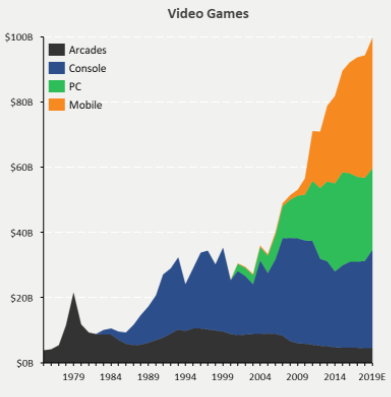 Global Consumer Spend. Exc. China (credits to MatthewBall.vc)
Global Consumer Spend. Exc. China (credits to MatthewBall.vc)
Around the time I stopped playing video games in 2012 was right at the cusp of exponential growth in the video game industry. Here’s what happened:
Technological Shifts and Accessibility
There were two significant technological shifts happening in the early 2010s: mobile and cloud computing. Before, you either had to purchase a gaming console or build a gaming PC (throwback to FarCry 3 memes). Now, with the wide adoption of smartphones and cloud computing technologies, you didn’t need to buy dedicated hardware. You can play the latest games on your phone or on your average computer — gone are the days where it was required to spend 3k building a gaming rig to run the latest PC games. This made games accessible to nearly everyone skyrocketing the popularity of the industry with over 2.7 billion gamers worldwide in 2020 (statista.com), nearly a third of the world’s population.
Games as a Service
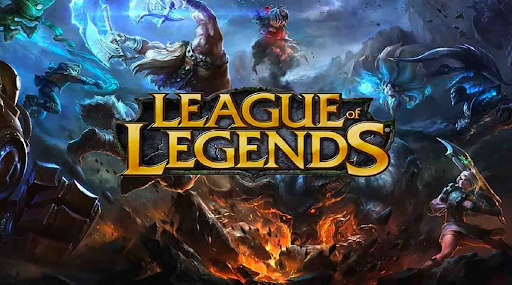 League of Legends (Riot Games, 2009)
League of Legends (Riot Games, 2009)
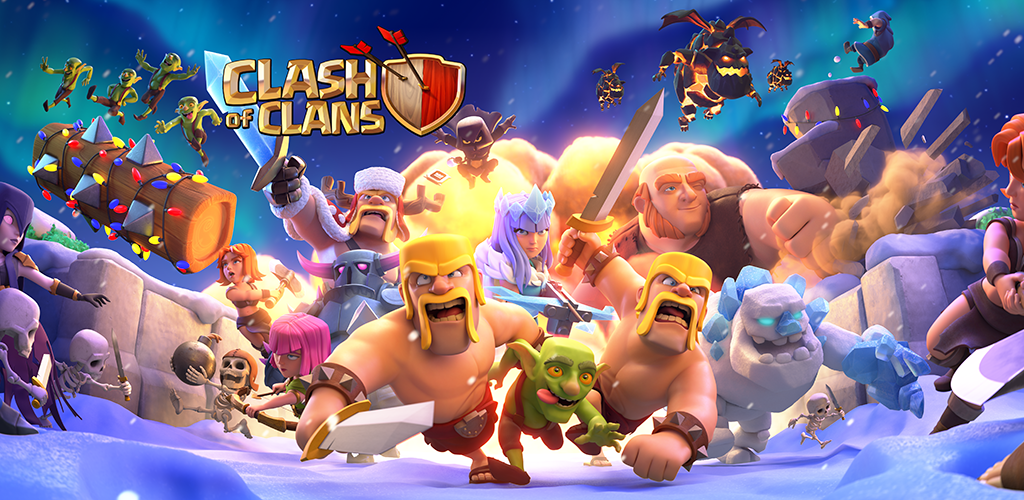 Clash of Clans (Supercell, 2012)
Clash of Clans (Supercell, 2012)
The shift in technology led to a business model innovation known as Games as a Service (GaaS). Previously, you spent an upfront cost of 60$ to purchase a video game then maybe buy downloadable content later down the road. But now that everybody has the hardware to play these games, game publishers started to experiment with free to play games with in-game purchases and subscriptions. Games like League of Legends and Clash of Clans validated the profitability of the business model.
Community Generated Content and the Passion Economy
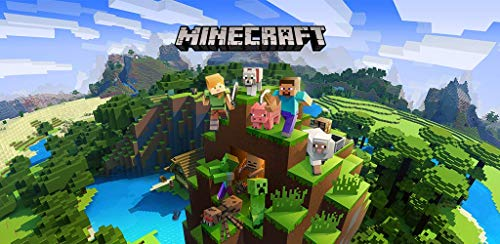 Minecraft (Mojang, 2011)
Minecraft (Mojang, 2011)
Community generated content has always been a big part of the gaming community. In fact, a number of popular video games started off as community developed modifications or “mods”. For example, Counter-Strike was originally a mod developed by Minh Le and Jesse Cliffe from Valve’s game, Half-Life.
Then came sandbox games like Minecraft (2011) and Roblox (2006) enabling players full reign creativity. Roblox and Minecraft became a platform for gamers to create their own content from maps to gametypes. This created a network effect in which the more the community creates, the more players play, and the more players play, the more the community creates.
With the trend of the passion economy — where new platforms empower people to monetize their creativity — gamers were not only creating their own maps and gametypes but also video content. From 2012-2015 Minecraft videos dominated YouTube. Many of the most subscribed channels on YouTube first created Minecraft content including the world’s most subscribed YouTuber, PewDewPie.
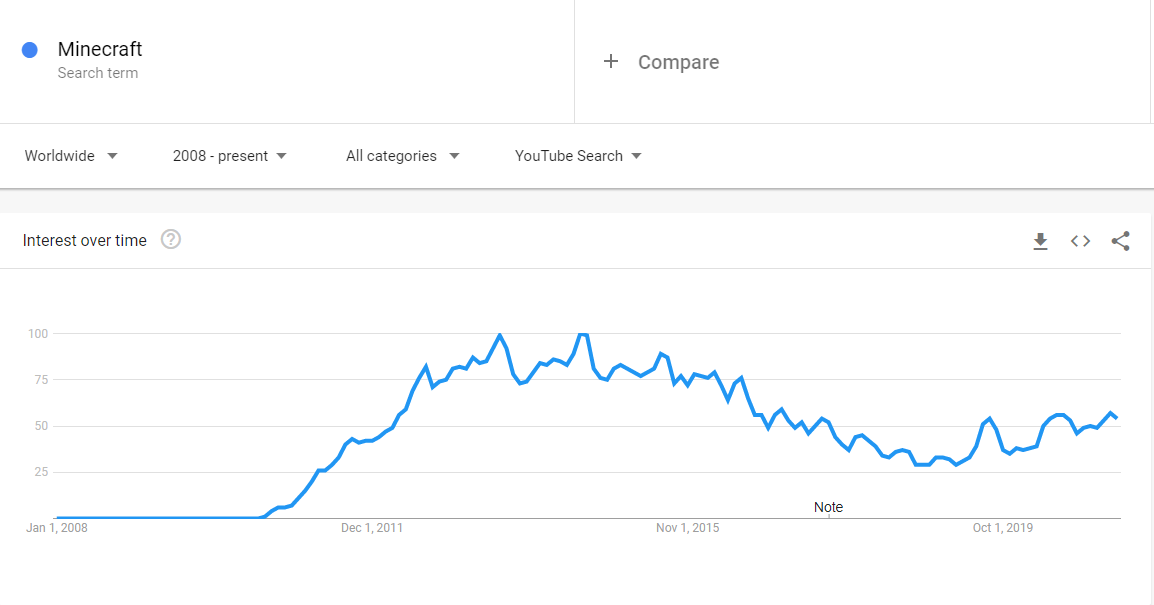 Minecraft dominated YouTube from 2012-2015 (GoogleTrends)
Minecraft dominated YouTube from 2012-2015 (GoogleTrends)
Youtubers and Streamers
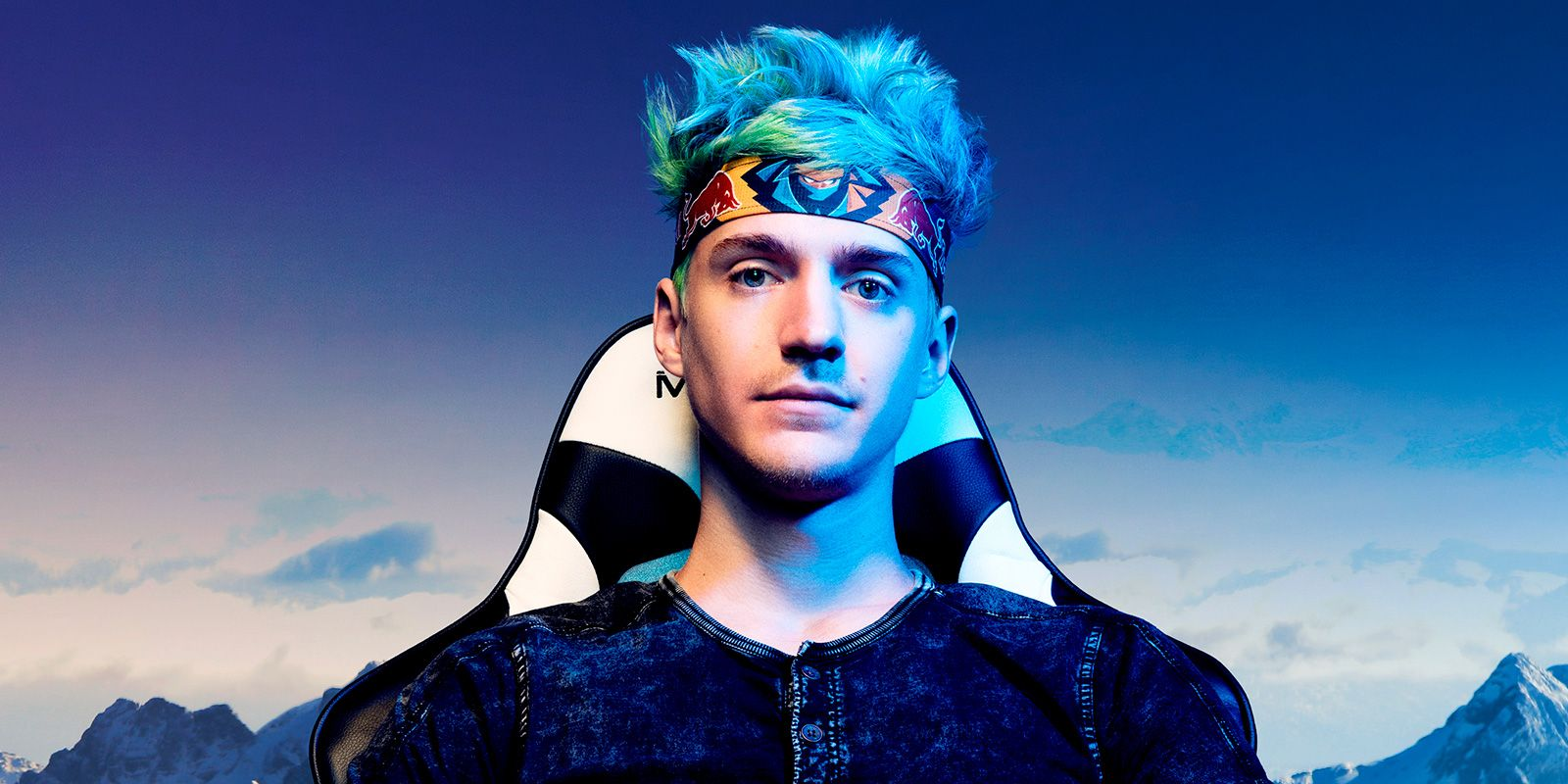 Richard Blevins, better known as Ninja, the most followed channel on Twitch
Richard Blevins, better known as Ninja, the most followed channel on Twitch
In 2014, Amazon acquired Twitch, just as streaming began to explode in popularity. Streaming and video games were a natural fit as video games are visually stimulating and can be played for hours with plenty of commentary and reaction. At the same time Youtube was experiencing a market shift with gamers dominating the viewership.
Video Game influencers have drastically changed the way games are marketed. With whatever game they’re playing capturing the attention of their audiences. This created a positive feedback loop popularizing both the different platforms (Twitch and YouTube) and also popularizing the games that they choose to play.
EA’s Apex Legends (2019) was kept a secret until it was released primarily through influencer marketing. Among Ushttps://innersloth.com/gameAmongUs.php was also a relatively unknown game until Twitch streamers started playing the game.
Fortnite
 Fortnite (Epic Games, 2017)
Fortnite (Epic Games, 2017)
In 2017, Epic Games released the battle royal game, Fortnite, becoming a commercial success and a cultural phenomenon while disrupting the industry in the process. Fortnite drew in a staggering 125 million players in less than a year and generated an estimated 318 Million every month.
Fortnite represents the videogame of the future. Not as a niche subculture for nerds, but as a pure form of entertainment. It embodied many of the qualities of next generation video games. It’s a game but it’s also a social network especially for GenZ. It perfected the Games as a Service business model. It provides cross platform play so that PC gamers can play with Playstation and Xbox gamers. And Fortnite is the game of choice for many Twitch streamers.